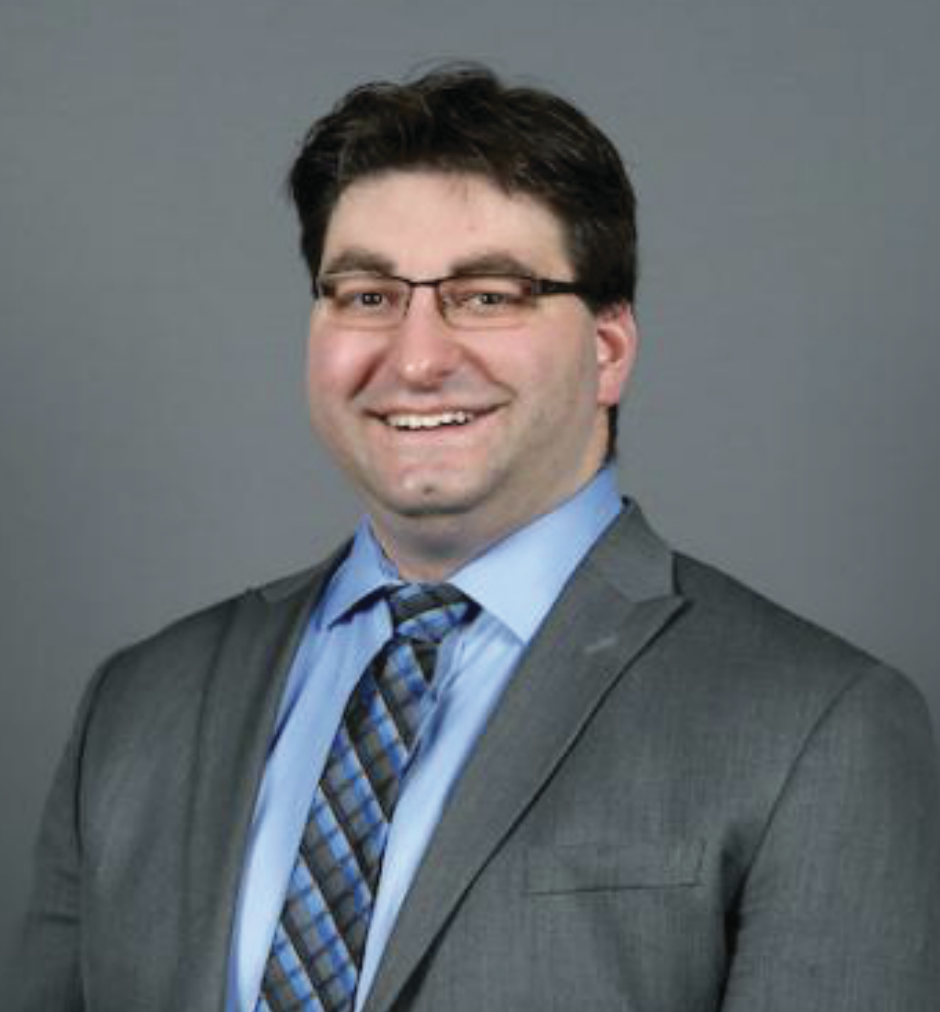Professor Alex Jordan
Professor Alex Jordan
Department of Engineering
University of Wisconsin-Stout
Flyer
Rheological Measurements and Modelling in Polymer Processing
The world of polymer processing lies at the intersection of materials science, transport phenomena, fluid mechanics, controls, and economics. The undergraduate American university education model teaches these topics as “stand alone” courses, often disconnected from one another due to time and logistical constraints. At the post-graduate level, students are trained to develop a hypothesis, formulate a set of experiments, master experimental techniques, and perform statistical analysis to draw conclusions about their original hypothesis; resulting in a world-class knowledge in a singular topic. We will use three vignettes, each centered on a different processing technique, to demonstrate how you can implement your university training to contribute to the industrial polymer processing world.
Process 1: Extrusion
Multilayer coextrusion is a technique that combines multiple immiscible polymers together in a layered fashion to achieve superior barrier, optical, mechanical, dielectric, and rheological properties. However, achieving uniform layers requires rheological measurements beyond the typical melt flow index (MFI)commonly employed in industrial settings. Using a model polystyrene (PS)/poly(methyl methacrylate)(PMMA) system, we use a rotational and capillary rheometer to measure the non-Newtonian flow behavior of both polymer melts. Viscosity matching was performed using the Cross model and process temperatures and flow rates were selected to match the viscosity of the chosen PS and PMMA melts.
Process 2: Thermoforming
Membrane stretching process such as thermoforming, blow molding, and blown film extrusion, rely on a polymer having sufficient melt strength to not rupture during the stretching process. While polypropylene (PP) is commonly thermoformed to make single use plastic packaging, it has a notoriously narrow processing window. We begin by demonstrating that by adding as little as 8% linear low density polyethylene (LLDPE) into a PP melt, the thermoforming window is broadened nearly 3-fold. The use of extensional viscosity measurements on the model multilayer polyolefin system is utilized to demonstrate the importance of interfacial phenomenon during polymer processing. To increase the interfacial area, we move to studying a variety of polyolefin blends including virgin materials, post-industrial recycled (PIR) materials, and post-consumer recycled (PCR) materials. The challenges of processing each of these materials is discussed.
Process 3: Injection Molding
Mold designers typically utilize software, such as MoldFlow, to visualize flow during mold filling and post-shrink molding. MoldFlow software utilizes the Cross-WLF model to simulate filling and shrink data, which comes with pre-loaded fitting parameters for a range of materials (often not provided by the material supplier). Using a common injection molding grade of PP (RTP 100), we demonstrate the shortcomings of the pre-loaded fitting parameters in accurately predicting pack pressure and post-mold shrinkage. Again using a shear and capillary rheometer, we measure the non-Newtonian flow behavior and obtain a new set of fitting constants for RTP 100 to estimate pack pressure. We employ the same capillary rheometer to measure the PvT course-of-state diagram for RTP 100 to estimate post-mold shrinkage. Using a 35 ton press, we validate these findings. Following the same procedure, we repeat these measurements for a commercially available PCR polyolefin blend.
Alex Jordan
Alex Jordan received his Ph.D. in Macromolecular Science and Engineering at Case Western Reserve University in 2016. While working for Prof. LaShanda Korley he utilized multilayer coextrusion as a technology to create non-woven fiber structures and an in situ method to fabricate fiber reinforced hydrogel structures. After defending his dissertation, he began work as a postdoctoral fellow at the University of Minnesota with Profs. Chris Macosko and Frank Bates studying interfacial phenomena in polyolefin blends and multilayer films. He moved to the University of Wisconsin – Stout as an Assistant Professor of plastics engineering in 2018. As a professor at a primarily undergraduate institution (PUI), he teaches foundational courses in polymer materials science and processing as well as upper level specialty courses in extrusion, thermoforming, and blow molding. He maintains his research interest in polymer rheology and processing through industrially sponsored projects and by mentoring senior undergraduate students during their year-long capstone experience.
